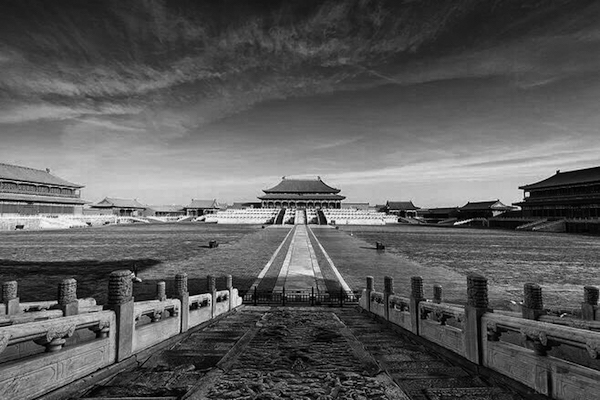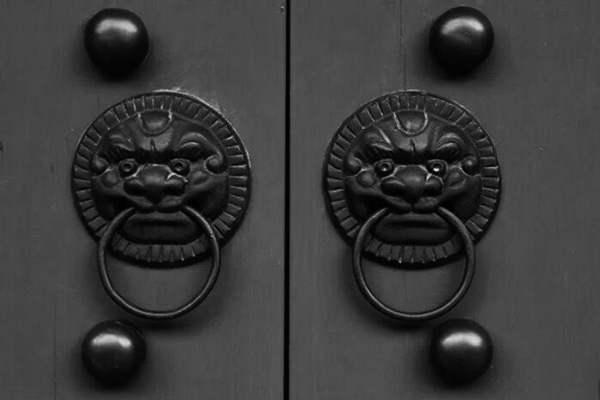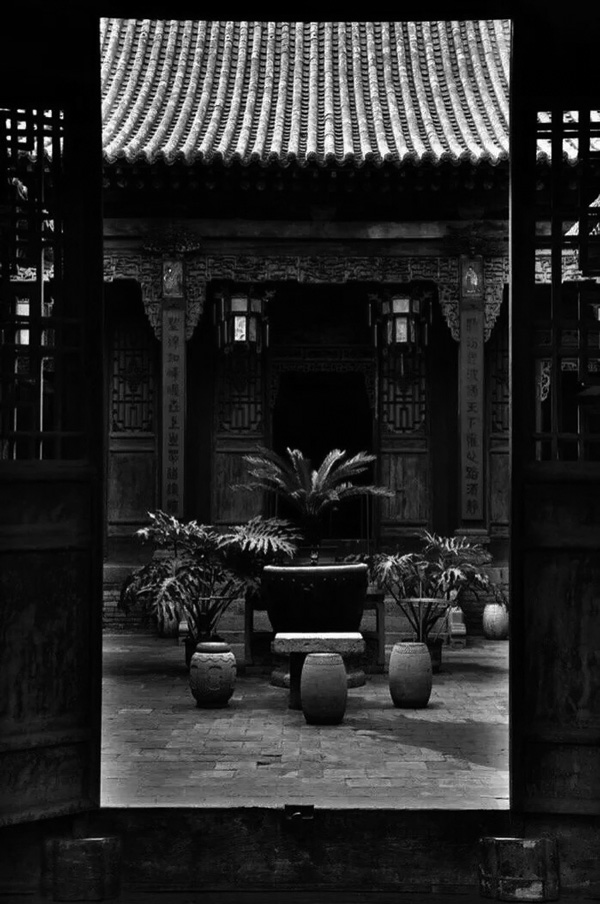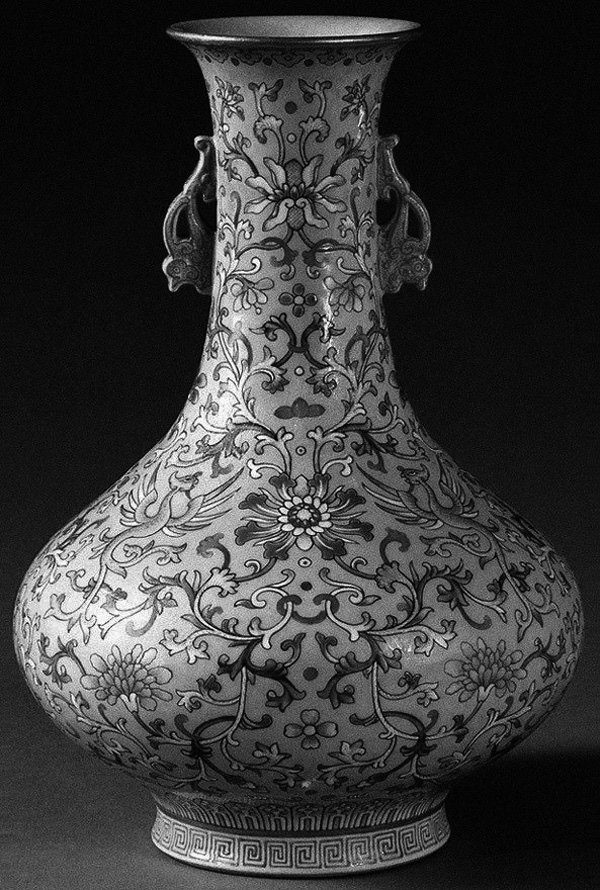
In Chinese aesthetic sense, there is a term often used, symmetry. This expression is the most important factor to explain the buildings such as Beijing's Forbidden City and urban space. This symmetry may not be a monopoly patent of Chinese aesthetic, but it is a consciousness that is penetrated among general Chinese people. This seems to be based on Taoism and Feng Shui, one of the world and cosmic views accumulated from ancient China. Both left and right symmetrical, that is, left and right pairs have expressed the highest beauty, from urban space to buildings, gates, decorations, objects, dishes, designs and the like.

When shopping in China, if you like one thing and pick it up, it is recommended to buy two in pairs. Good at business, if you have it in pairs, the value is added. With only one, the value is one as well. You have to have it in two pairs. It is useless to have only one that is irreplaceable.

In Japan it may not be always true, but in pottery, mass produced products are mainly dishes, and artists are treated as arts and crafts. There seems to be a tendency to praise the design claiming coincidences beyond creators’ intentions in sintering process, with natural feeling and coincidence. Also as a compliment to those who appreciate, they praise saying this ash fog gives out the unique flavor, as nothing else. However, in China, products with ash fog will not be sold as goods and considered as failure.

It seems that they did not remain in posterity for a long time. In the kiln directly to the Chinese emperor, just the best one in 1000 pieces produced was presented the to the emperor.
Therefore, Chinese ceramics industry has specific experts and craftsmen in each process, such as china clay, magnets, pigments, glazes and kilns good enough for mass production, also direct report judge supervisors. There are also networks(merchants) and logistics infrastructure (sea and land Silk Roads) existed to sell the works (goods) after the offering works to the Emperor. That’s Belt and Road. Those have boosted the Chinese ceramic industry’s more than 1,000 years of history, and works from hundreds or 1,000 years ago have become the main characters of the contemporary antique market and the auction market.

At the root of the difference in aesthetic sense between China and Japan, there are abundant mineral resources to make materials such as porcelain, magnet and pigment, forests which is materials for firewood for sintering, water essential for the production process, and the overwhelming quantitative superiority of human resources may have caused unusual differences.
In the Chinese ceramics market, it is easy to imagine that the size of Mainland China itself, population, the expansion of overseas markets, including Silk Road, and higher motivation of merchants are more than the current export industries in China. The resources of China's ceramics manufacturing are inexhaustible including mineral materials existing in the continent itself, infrastructure for manufacturing backups, as well as import resources from overseas.
With these, the ceramic industry in China has become the largest porcelain industry with expectations of overseas markets. The products have become one of the national strategies, just as silk and tea. Meanwhile, the ceramic market in Japan is limited to Japanese market, positioned as supplementary to the Chinese ceramics market. That’s because the resources of Japanese ceramic manufacturing has the limited minerals, as well as imports. It is imagined that the porcelain and ceramics industry in Japan has converged to the pottery industry.
Therefore, the pottery industry in Japan needed to converge to the works with true opposite values of Chinese admiration, which is as thin as a feather of cicadas, shining like a ball and echoing like a bell.
Renaissance paintings bloomed in Florence, Italy as a result of the backup of patrons and the blue pigment of Lapis Razley imported from the far east. As this blue color enhanced the creative motivation of Da Vinci, Raphael and Vermeer, Jingdezhen 's craftsmen would have seen the cobalt blue imported from far away Iran changing color, and raised his creative willingness to the utmost.

Written by:BLUE & WHITE TEA SALON owner Tanaka Yasunari(田中保成)
BLUE & WHITE TEA SALON
http://bw-antique.jp/